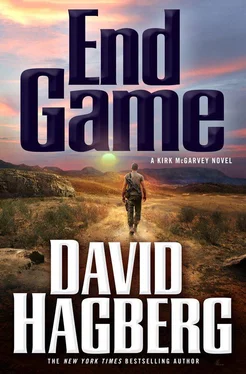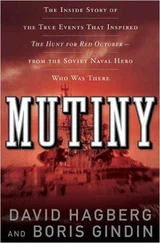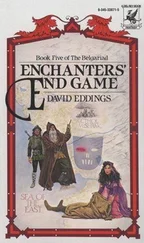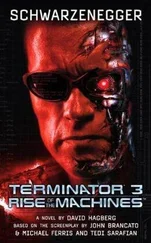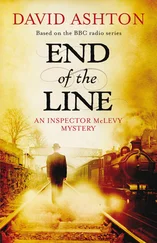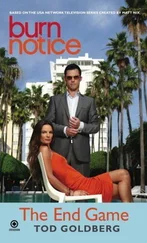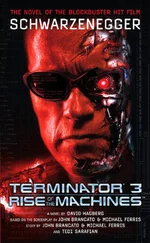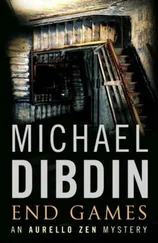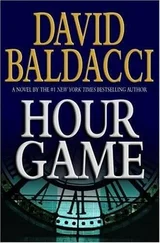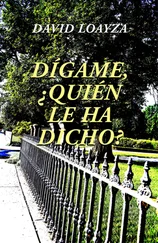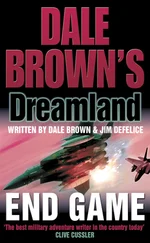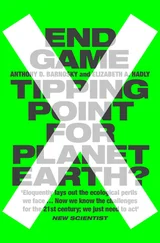Otto’s safe house in Georgetown was a three-story brownstone with a parking area and a garden in the rear. From the outside, it looked ordinary, like just about every other brownstone in the neighborhood. But inside it was comfortable and completely impervious to mechanical or electronic surveillance of any sort.
He and Louise had another safe house, off the grid so far as the CIA was concerned, in McLean — a traditional colonial where they lived when their daughter, Audrey, was in residence. But whenever there was trouble, like now, Audie, who was going on four, was sent to Camp Peary, and he and Louise came here.
Otto called ahead, and when he got home with McGarvey and Pete in tow, Louise had cold beers laid out, baked potatoes keeping warm in the oven, and steaks on the barbie.
She and Pete hugged. “How about putting together a salad? Everything’s in the fridge.”
“Glad to,” Pete agreed.
Louise and McGarvey hugged. “So, Otto tells me you’ve got another bone in your teeth. This one not so nice or tidy as some of the others.” She was a tall woman, well over six feet and slender. She was almost as bright as her husband, and for a long time worked as chief photo analyst for the National Security Agency. Now she was Otto’s partner in every meaning of the term.
“Five people are dead already, and it’s likely at least one more will be murdered soon,” McGarvey said.
She sat him down at the kitchen counter and gave him a Dos Equis with a lime in the neck of the bottle, but no glass. She gave Otto a bottle of lemon-flavored carbonated water.
“I need to tend to the steaks,” she said, and went out to the rear patio.
Otto set up his tablet, which had once been an iPad until he and a couple of friends in the science and technology directorate had modified it, and brought up the Kryptos file, with detailed photographs of the main sculpture itself, along with the translations of the first three panels.
“Coffin said it was an empirical necessity,” Otto said.
Pete was across from them, pulling the salad fixings out of the fridge. “Not logical, but empirical,” she said. “What do you make of it? Was their control officer just blowing smoke rings?”
“Logical wouldn’t work — nothing mathematical about something buried in the hills, except for the fact itself. A latitude and longitude. There’d be no consequences. But an empirical necessity? Whatever’s up there could change things their control officer thought should be necessary.”
“Coffin guessed him to be from Brooklyn, maybe a Jew. And the bank you came up with is for Israeli government employees.”
“Mossad?” Pete suggested.
Otto looked up from his tablet. “It’s a thought. Iraq’s certainly in the neighborhood, a possible staging point for an attack through Syria’s back door. Maybe a staging point for an attack against Iran. Or at least it was when we had serious boots on the ground there.”
“Something the Israelis knew couldn’t last,” McGarvey said. “We were going to leave sooner or later.”
“Doesn’t explain why they want the Alpha Seven operators dead,” Pete said.
“They know what’s in the cache, and for some reason the Israelis want them to keep quiet about it,” Otto said.
“Okay, but despite the timing, why the brutality? The way those guys were murdered is not the methodology of an intelligence service. It’s more like that of total insanity.”
“Pete’s right,” Louise said, coming in with a platter of steaks. “Who fits that sort of a profile?”
“And what’s their agenda? What do they want?”
Otto brought up the translations of the first three panels. “Okay, here it goes. You know that the sculptor, Jim Sanborn, worked with Ed Scheidt, who headed up our Cryptographic Center, to come up with the codes. And Jim said there was a riddle within a riddle that could only be solved after all four panels were decrypted. So far only the first three have been cracked.”
“Why haven’t you played around with it?” Pete asked. “It’s right up your alley, isn’t it?”
“It’s a toy, and I’ve always been busy with real shit, ya know? Bill Webster, when he was DCI, is supposedly the only one Sanborn gave the plaintext to, but wasn’t much after that when Sanborn reneged and said he’d not given the entire decryption. Show business.”
“But not now,” Pete said.
“Panel one,” he said, bringing up a printout of the letters chiseled into the copper plate. “It’s a periodic polyalphabetic substitution cipher using ten alphabets, and was actually quite simple. I checked it, and the decryption seems valid. They used the old Vigenère tableau, just about the same one they used on two. Anyway, the key words were Kryptos —Greek for “hidden”—and Palimpsest —also Greek, for a manuscript page on which the writing has been erased so some new text can be set down.”
He brought up the decrypted text and turned the iPad around so everyone could read it.
BETWEEN SUBTLE SHADING AND THE ABSENCE OF LIGHT LIES THE NUANCE OF IQLUSION.
“Doesn’t make a lot of sense,” Louise said. “And there’s a misspelling.”
“Sanborn supposedly put the q in to keep the code breakers on their toes,” Otto said. He brought up the much longer decryption for panel two. “Same substitution cipher, except this time he used only eight alphabets, and the key words were Kryptos and Abcissa —which is a high-school math term for the ‘horizontal position on a two-dimensional graph.’”
IT WAS TOTALLY INVISIBLE. HOW’S THAT POSSIBLE? THEY USED THE EARTH’S MAGNETIC FIELD X THE INFORMATION WAS GATHERED AND TRANSMITTED UNDERGROUND TO AN UNKNOWN LOCATION X DOES LANGLEY KNOW ABOUT THIS? THEY SHOULD IT’S BURIED OUT THERE SOMEWHERE X WHO KNOWS THE EXACT LOCATION? ONLY WW THIS WAS HIS LAST MESSAGE X THIRTY-EIGHT DEGREES FIFTY-SEVEN MINUTES SIX-POINT-FIVE SECONDS NORTH SEVENTY-SEVEN DEGREES EIGHT MINUTES FORTY-FOUR SECONDS WEST X LAYER TWO
“It mentions something buried,” Louise said. “But that latitude and longitude isn’t in Iraq; it’s right here.”
“Actually, about one hundred fifty feet southeast of the sculpture,” Otto said. “So far as I know, nothing’s been found there. But that could have been a ruse to throw everyone off. Maybe the key was ‘it’s buried out there somewhere.’”
“WW, William Webster?”
“That’s the current thinking, but he’s never been willing to answer any questions about it. Like I said, I always thought the thing was nothing more than a toy.”
He brought up the decryption for the third panel. “This one is a transposition cipher. A regular mathematical system that shifts the letters on the sculpture to the plaintext ones.”
SLOWLY DESPERATELY SLOWLY THE REMAINS OF PASSAGE DEBRIS THAT ENCUMBERED THE LOWER PART OF THE DOORWAY WAS REMOVED WITH TREMBLING HANDS I MADE A TINY BREACH IN THE UPPER LEFT-HAND CORNER AND THEN WIDENING THE HOLE A LITTLE I INSERTED THE CANDLE AND PEERED IN THE HOT AIR ESCAPING FROM THE CHAMBER CAUSED THE FLAME TO FLICKER BUT PRESENTLY DETAILS OF THE ROOM WITHIN EMERGED FROM THE MIST X CAN YOU SEE ANYTHING Q
“It’s Howard Carter talking when he opened King Tut’s tomb in 1922. And the question at the end was asked by Lord Carnarvon, who was standing right there. To which Carter supposedly said something like: ‘Yes, wonderful things.’”
“The big problem is the dates,” Pete said. “The sculpture was dedicated in ninety, which means Sanborn must have been working on the thing in the late eighties. But Alpha Seven didn’t get to Iraq until the spring of oh three. So unless the guy could see into the future, the coded message has nothing to do with what’s hidden outside of Kirkuk.”
Читать дальше
